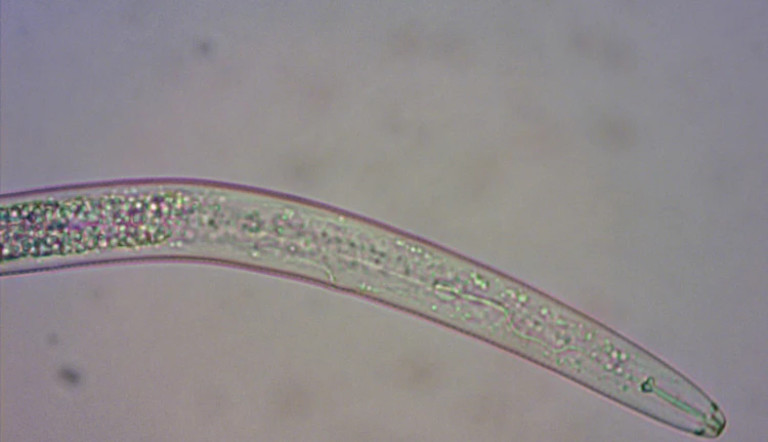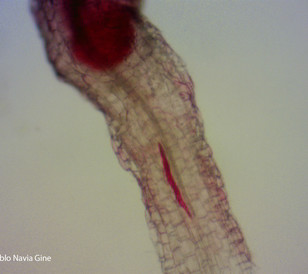
Nematodes and the threat to cotton

Nematodes are soil-borne roundworms that infest crops after germination and feed on plant roots. The damage, caused by the pest when it feeds, inhibits the movement of water and nutrients through the roots to the tissues, limiting growth. This damage hits yields so extensively that Brazil’s Ministry of Agriculture, Livestock and Supply, ranks nematodes as one of the major risks to crops grown in the country.
The three main nematode species found in cotton crops are:
- Cotton root-knot (Meloidogyne incognita).
- Lesion nematode (Pratylenchus brachyurus).
- Reniform nematode (Rotylenchulus reniformis).
Of the three, the root-knot nematode causes the most damage and hence the most significant economic losses. Trials carried out in Brazil in 2006 by researchers M. Inomoto and G. L. Asmus, showed losses of 50-100 arrobas per hectare (0.74-1.47 tonnes/ha) where crops were severely infested with root-knot nematode.
Although the other two forms, lesion and reniform, are widespread, they do not damage the plant so extensively.
Research work at Mato Grosso Cotton Institute in 2016, evaluated production across several plots with varying population densities of the three main cotton nematodes.
The research showed a continuing reduction in productivity as population densities of both root-knot and reniform nematodes increased, but the trend was less clear in plots infested with lesion.
These differences in the type and scale of damage caused by each species allow growers and consultants to determine which nematode has infested the crop.
When affected by Meloidogyne incognita, the root shows signs of abnormal overgrowth such as galls or swellings – these can sometimes be confused with mineral deficiencies or physical problems in the soil.
Damage caused by the Pratylenchus brachyurus nematode is more distinctive with symptomatic dark areas visible on the root systems. This species also releases toxins that degenerate the cell wall, serving as a gateway to other pathogens causing additional losses. Above ground, plants show symptoms similar to nutrition deficiencies such as stunted growth. Finally, Rotylenchulus reniformis infestation causes soil to remain firmly stuck to the root system even when the plant is washed, giving it a characteristic “dirty” appearance. The cotton plant itself becomes stubby or stunted.
* Tânia Santos is a technical manager with the Association of Mato Grosso Seed Producers (APROSMAT) in Brazil and holds a Master's degree from the Federal University of Mato Grosso.



